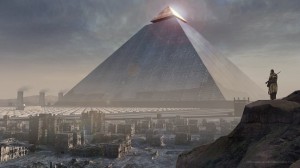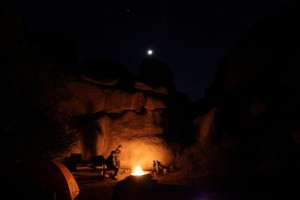Computer Memory: 1982 – 2012
I am just down the road from Volcanoes National Park, my second to last day on the Big Island, copying 1080p footage from the local favorite snorkeling spot “Two Step” on the West coast.
It occurred to me that the 9GB of video I shot in roughly an hour and a half of walking the coast line at Pu`uhonua o Honaunau National Historical Park is significantly more than, what I guessed to be several thousand copies of my first computer, a Commodore 64.
So I ran the numbers: 1GB / 64KB = 15,625. My 13″ MacBook Pro has 8GB of RAM, or 125,000 C-64 computers. Furthermore, my internal 750GB Seagate hybrid drive is equivalent to 4,411,764 standard issue 170KB floppy discs from the early 1980s (this is before the higher density 1.4MB floppies were introduced).
Astounding.
I need to get back to work on editing video from the lava flow and 2 Step, but that causes me to recall the first video edits (“Initial Reebok”) my brother and I conducted, stringing a VCR and Hi-8 camera together, the pause and frame advance buttons the extent of our editing tools. The title sequences generated by the C-64 as it output direct to what was then standard definition video via an RCA cable.































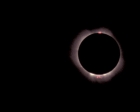
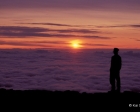
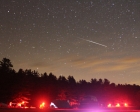


![[unknown] & scope, 2012, Mauna Kea, Big Island, Hawaii by Kai Staats [fusion_builder_container hundred_percent=](http://www.kaistaats.com/wp-content/uploads/2012/06/setup-85x128.jpg)
